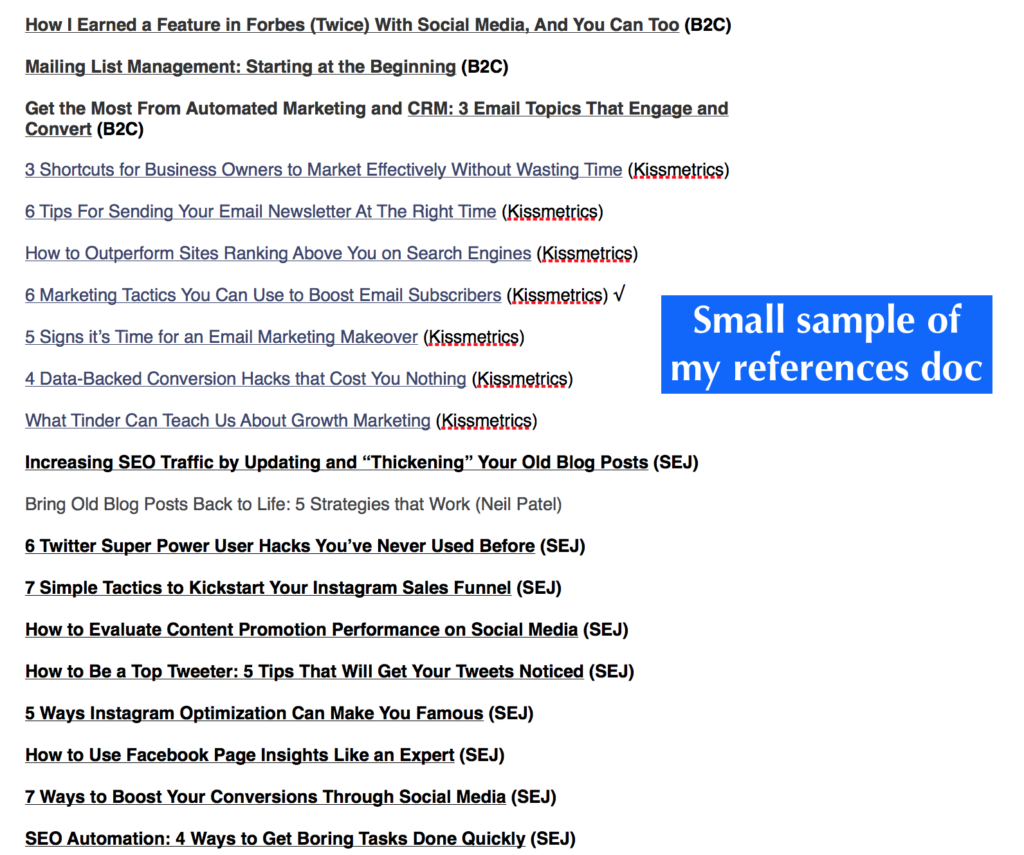
So much content gets created every year, and we will never have enough time to read the content that gets published. This content shock phenomena establishes a stronger significance as the days continue.
Even if you start creating content now, you can still earn attention and visibility. The rules of the game constantly change, but one rule will continue to hold out through the tests of time.
The content creators who show their personalities win.
You can read a blog post like this one on other blogs. You can watch a YouTube video or listen to a podcast episode in which someone else covers the same points. You can even look for images that capture this concept.
People don’t come back to blogs, podcasts, and channels primarily because of the content. They come back because of the brand and the person behind the content.
Some people admire what I have accomplished at my age. This story attracts more people to my content, and the value of my content determines how long these visitors stick around.
When visitors do read your content, chances are they won’t remember it in a few days unless they are taking action based on your insights. However, they will remember you.
People don’t remember content. They remember people.
You get people to remember who you are by inserting your personality into your content.
Tell More Stories
The more stories I tell, the more I get to insert my personality. Most of my stories center around business struggles and successes. I relive these moments so people know how I respond to these types of situations.
We’ve communicated through stories for many millennia, and we won’t stop communicating in stories anytime soon.
Don’t elaborate too much when telling the story, but telling stories that are related to your content will provide a better experience for your visitors.
Treat The People In Your Audience Like Friends

Treating the people in your audience like friends seems like a basic principle. It seems like you only need that one sentence to get the gist of what you need to do. It’s a bit more detailed than that.
We often use vague terms like audience, subscribers, and followers to describe our communities. I don’t refer to my friends as followers and subscribers, and neither do you.
In many blog posts on this exact blog, you’ll see me make reference to words like audience, subscribers, and followers.
I use those words for general purposes since we all know what to expect from an article called “3 Ways To Get More Twitter Followers.”
When talking about my audience, I no longer use those words.
I used to see my email list as 10,000+ subscribers. Now I see it as 10,000+ content creators with big ambitions. This is a very different narrative that makes the people in your audience more relatable.
10,000+ subscribers represents a numbers game. If I get X number of subscribers every day, I can reach my goal of Y total subscribers within my deadline.
10,000+ content creators with big ambitions is more personal. Getting more personal with who your audience is allows you to show more of your personality when crafting your content. You’re no longer writing to a conglomerate of subscribers and followers. I create content for content creators with big ambitions. Who do you create content for?
Write Down What Makes Your Personality
For many people, living and acting like themselves feels 2nd nature. Some people can quickly integrate their personalities into their content. If you have a more difficult time doing this, write down some of the traits of your personality.
Better yet, write traits that you want to develop.
By writing down characteristics of your personality, you can then craft your content with the same gusto. I have a very energetic personality which is why I don’t bore people with fluff and excessive storytelling (I know storytelling is important, but I don’t go over the top).
I prefer to go right into the nitty gritty.
Other people prefer to elaborate on stories and do things differently. That’s not a problem at all. The only problem is to not show your personality in your content, or worse, fake who you are.
Writing down what makes your personality will allow you to keep those traits at the forefront of your mind as you create new content.
In Conclusion
Yes, this blog post is shorter than most of the other blog posts I’ve written. That’s part of my personality. If I can’t see a way to continue writing without providing excessive fluff, I stop writing. I’d rather get people off my site in less than a minute than keep them on my site for 5 minutes as they read a fluff-filled blog post that I am not proud of.
Be more open and honest about your personality and certain parts of your journey. People want someone who they can more easily relate to. Make yourself relatable to your customer avatar. I talk about my content brand struggles often because I know the content creators I attract to my content can relate to those struggles.
What are your thoughts on incorporating your personality into your content? Do you have any tips for us? Do you have a question for me? Sound off in the comments section below.











